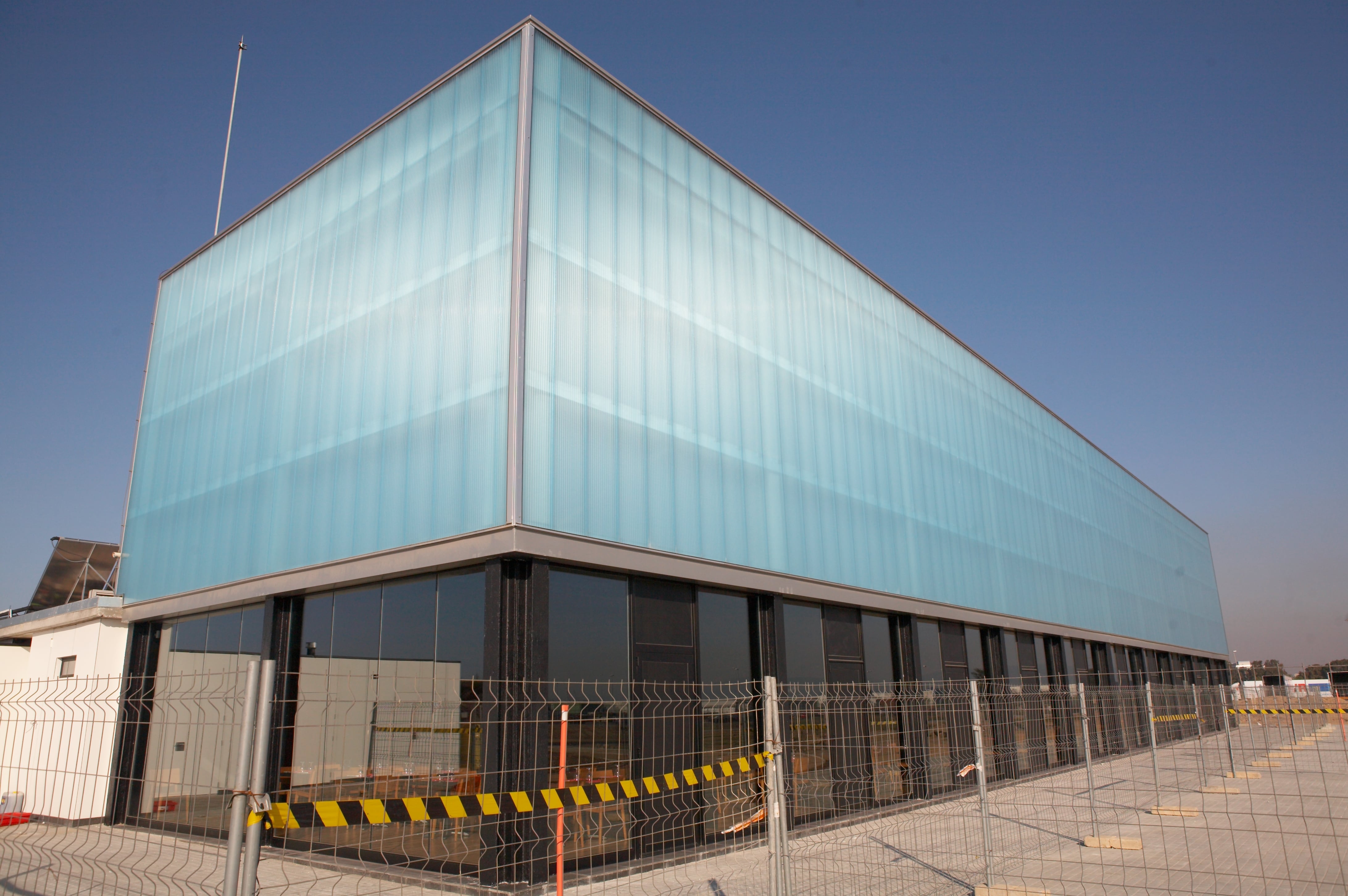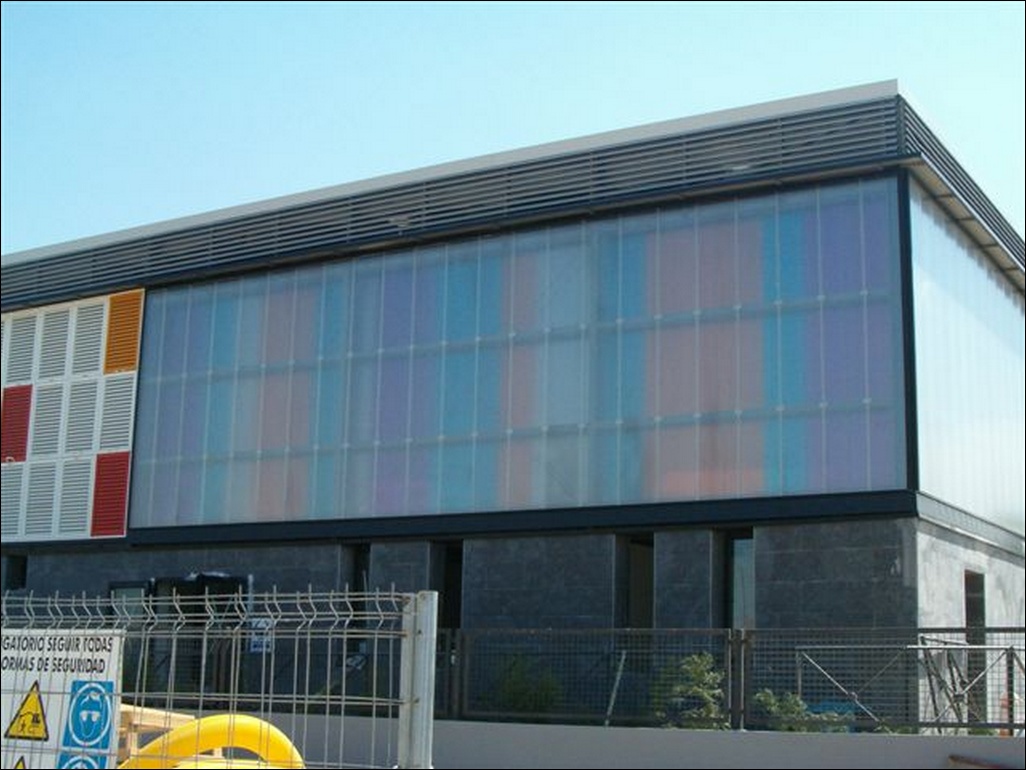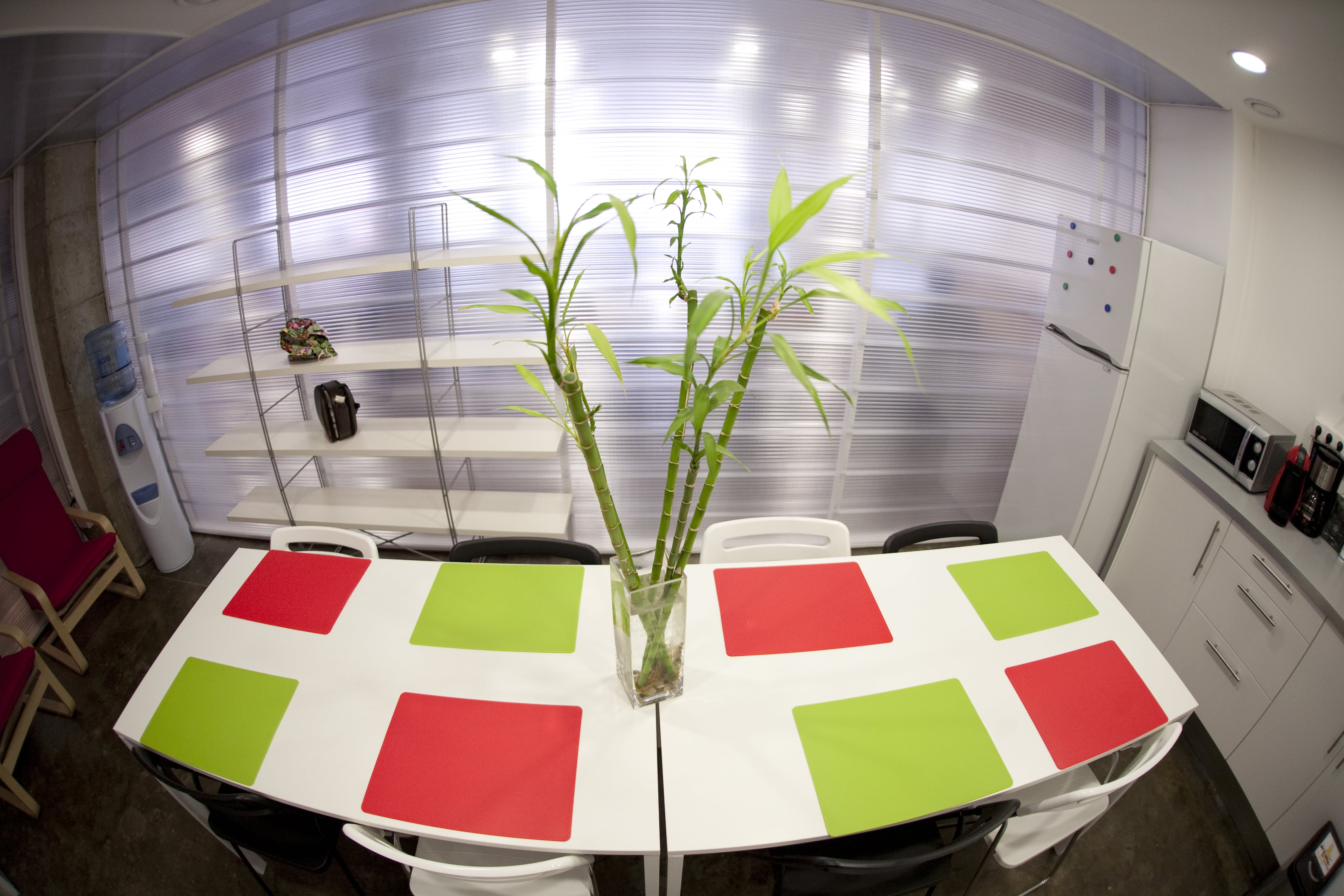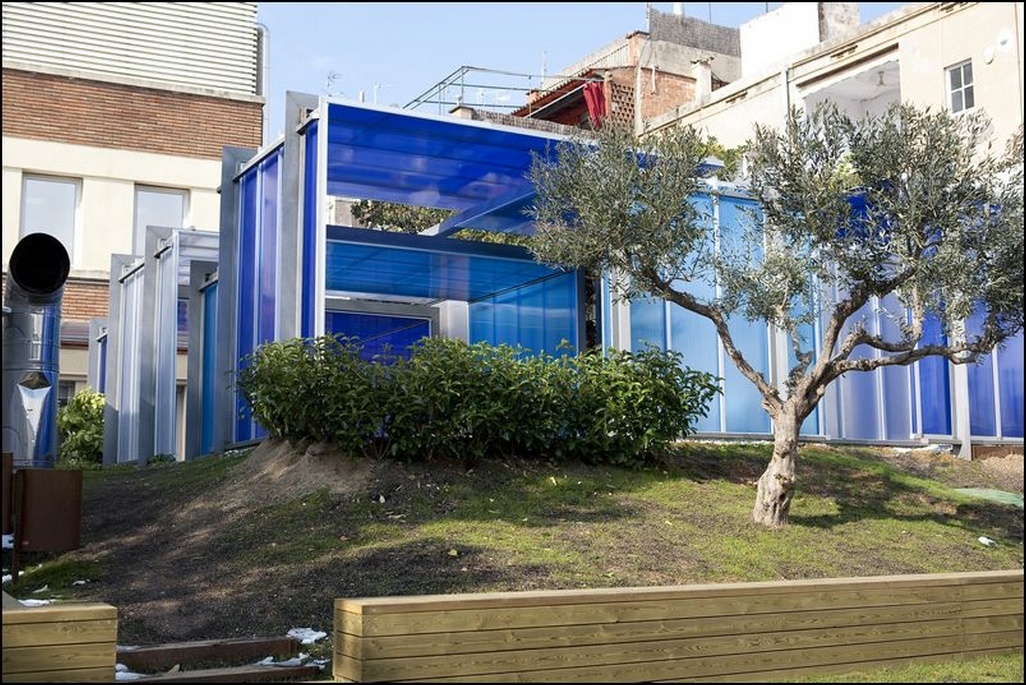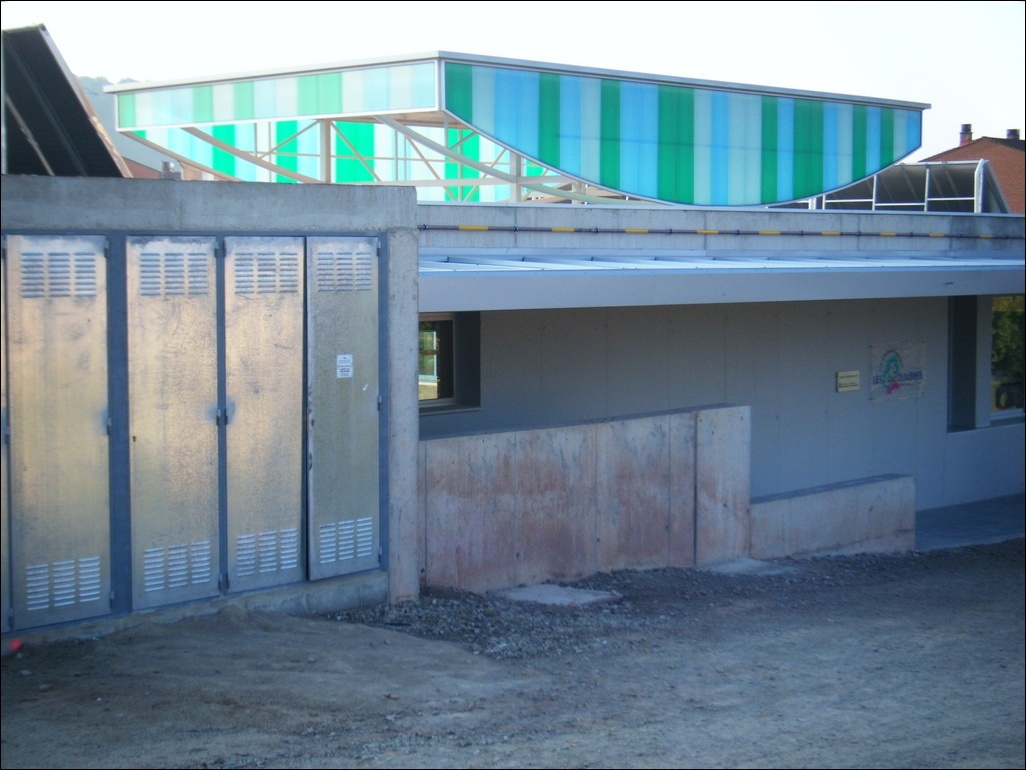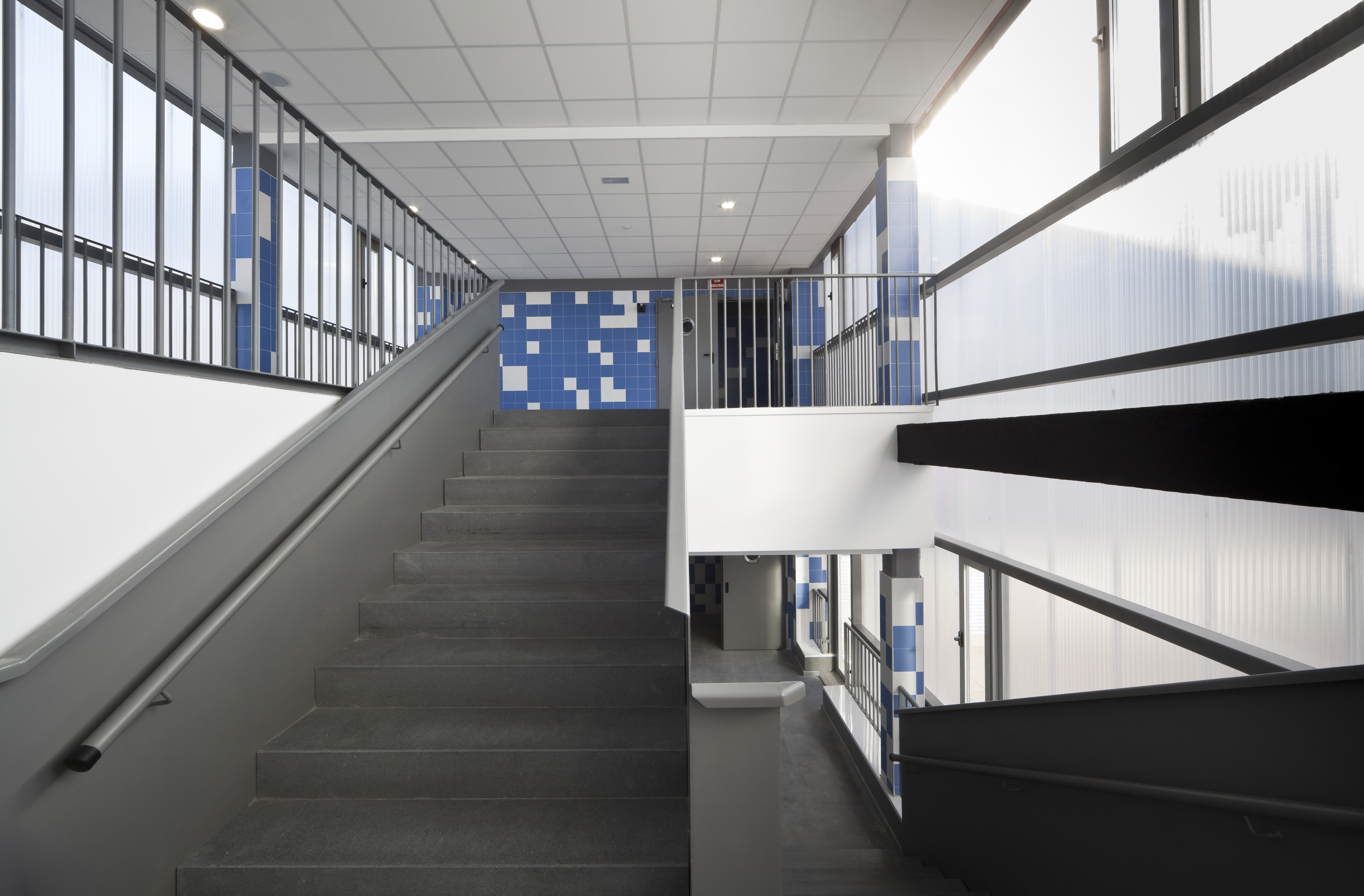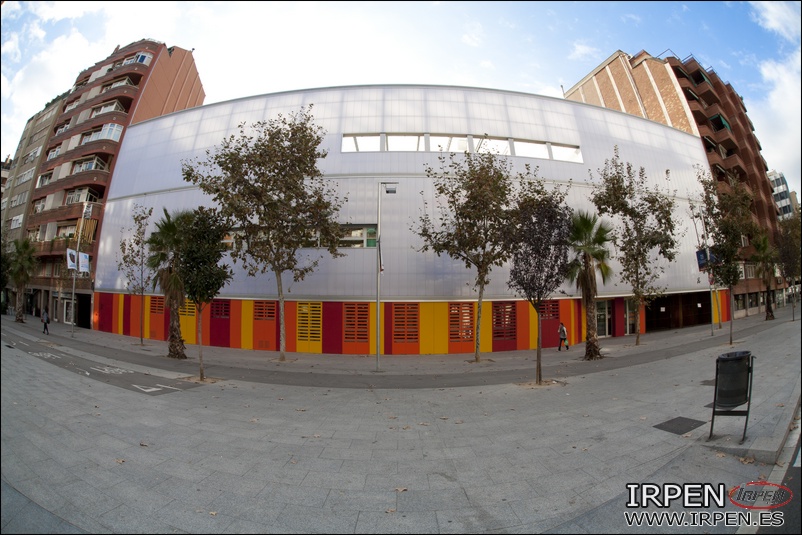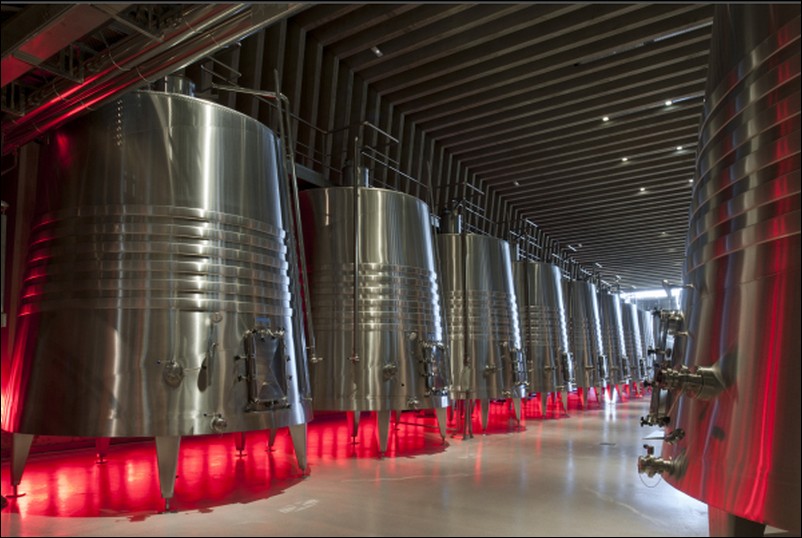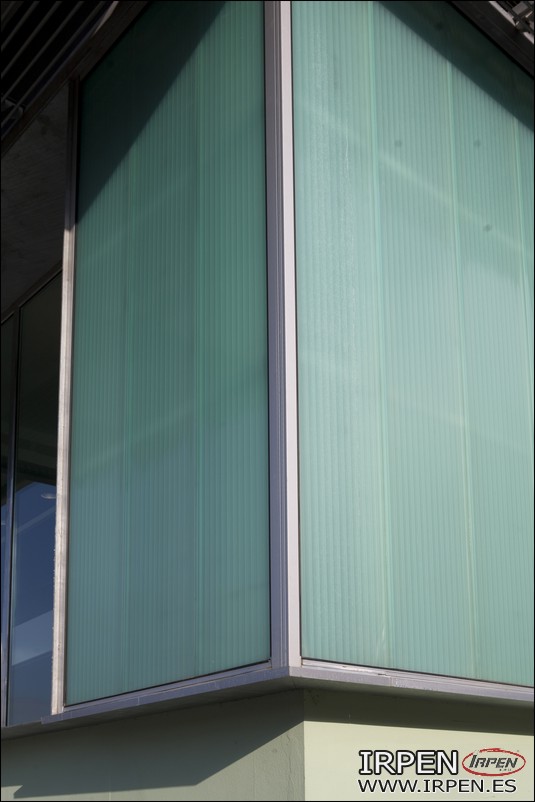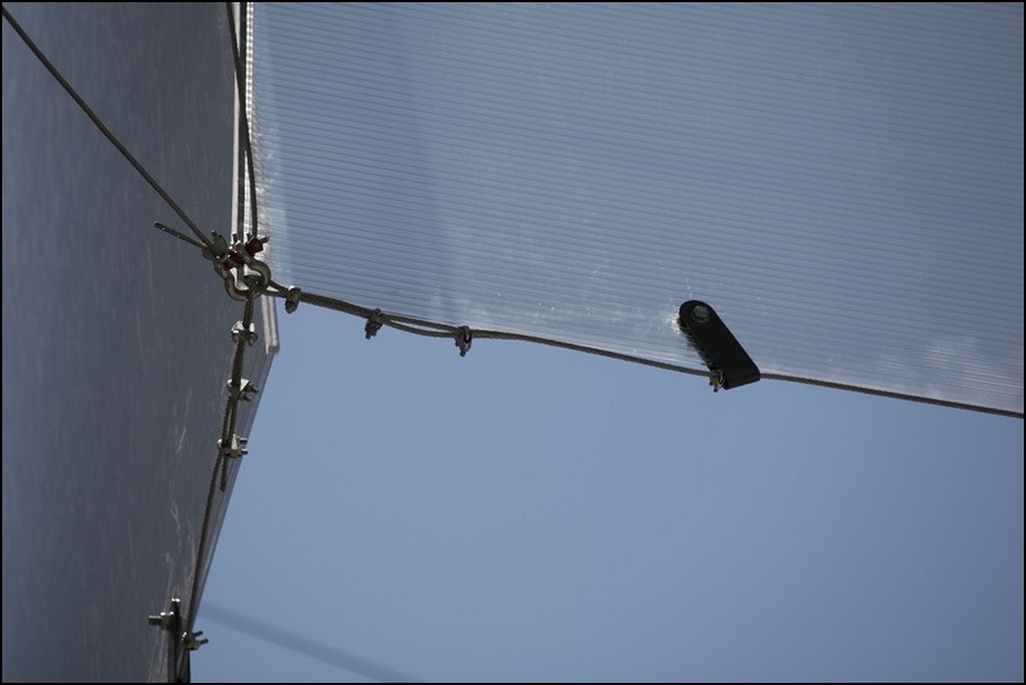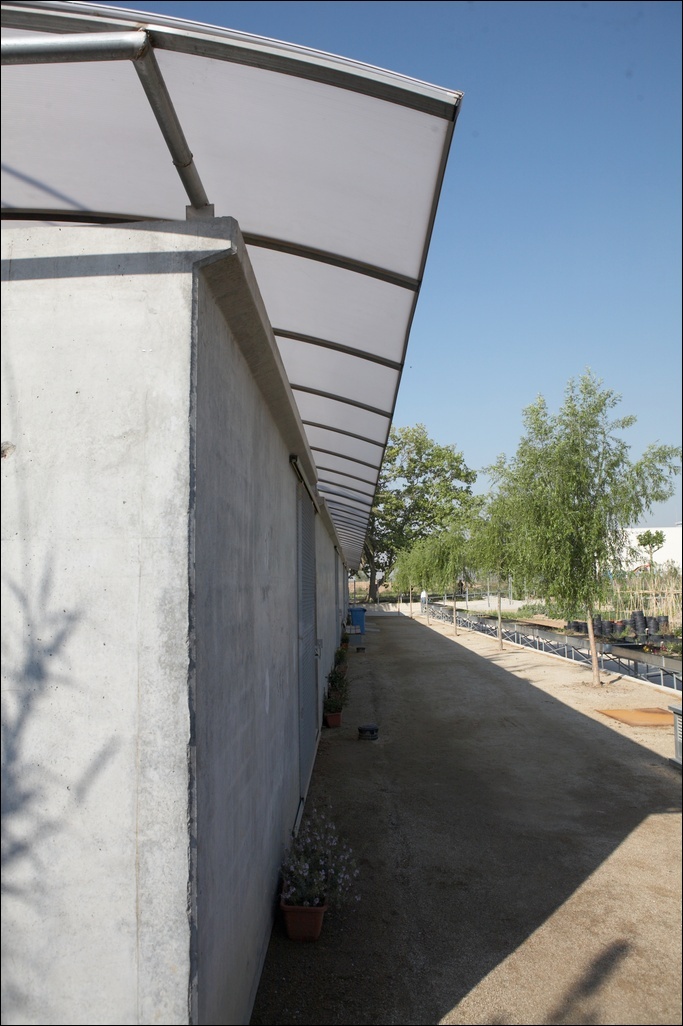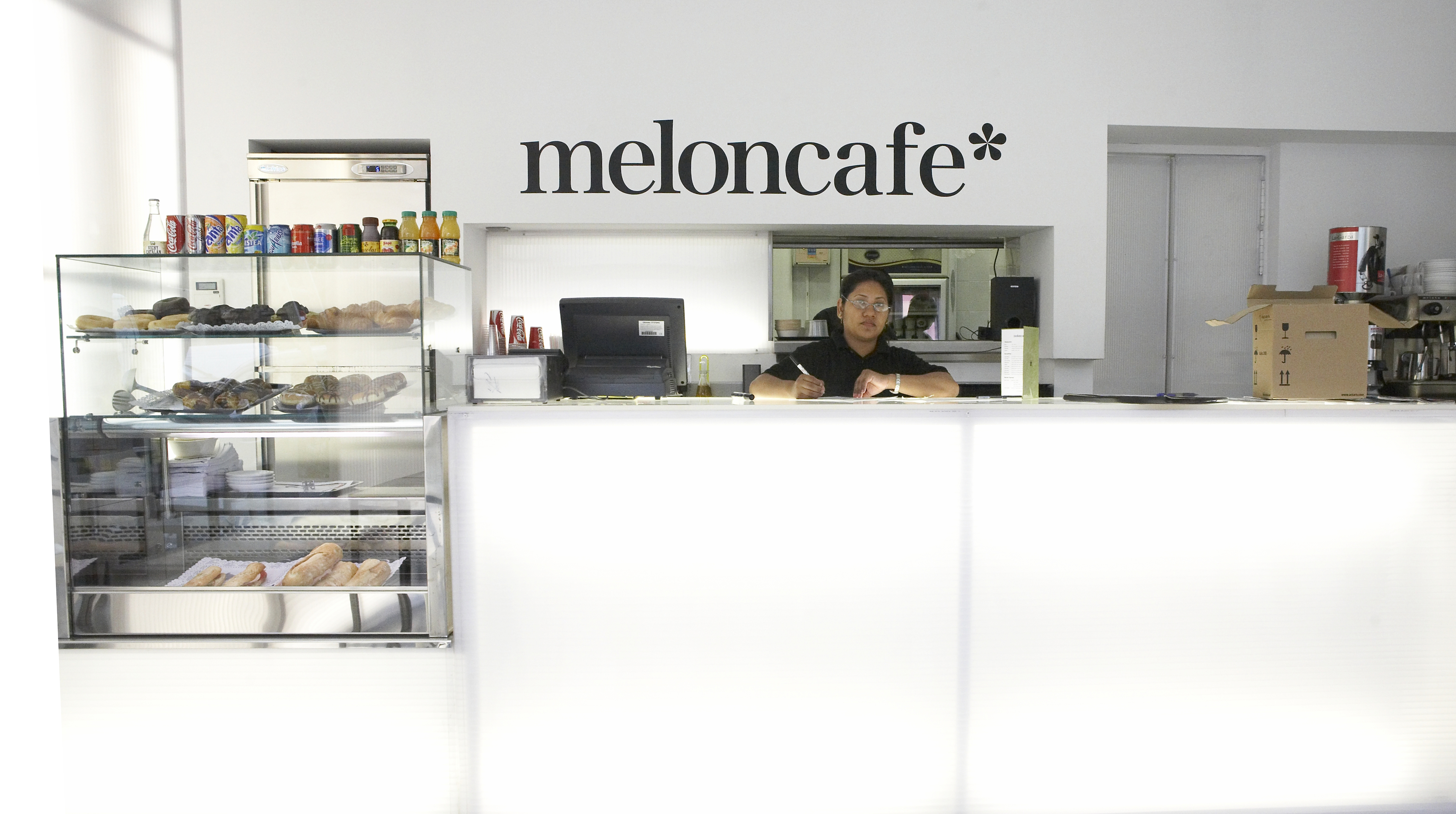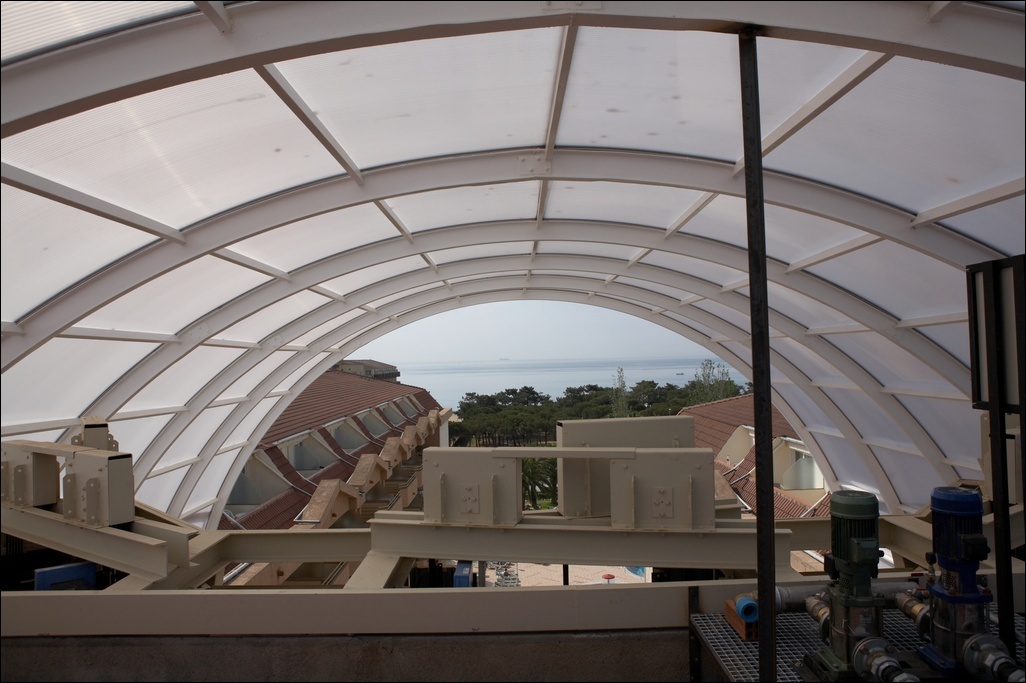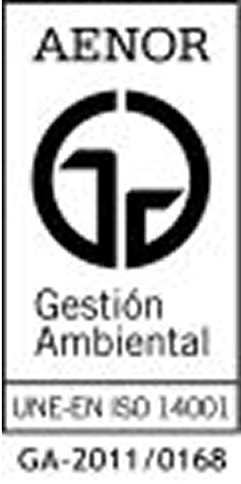Akyver - Multiwall Polycarbonate
Safety glazing materials - PC 05 Compact Polycarbonate

Usually when we talk about glazing, we unconsciously think of glass, but in our catalog we find materials that, due to their own characteristics, can be a clear alternative to it. In this post, we are going to focus on our compact polycarbonate PC03/PC05/PC08, as material designed for security fences exposed to intentional attacks, such as: throwing objects, vandalism, theft, personal aggression...
Glazing intended for the protection of property and anti-theft security against vandalism is what was previously classified as “shielding against manual attack level A and level B, anti-theft”. The name anti-theft or anti-vandal would not be the most accurate, rather, there are different levels of protection that act as retarders or hinders aggression. A glazing will define its level of resistance depending on its response to the corresponding impact tests and the degree of demand that the enclosure must meet depending on the application to which it will be subjected.
In the standard, UNE-EN 356:2001. Glass for building. Safety glazing. Test and classification of resistance to manual attack (Standard pertaining to AEN/CTN 108). The specifications and test methods designed for:
- Resistance to force actions.
- The delay in the intrusion of objects and/or people into a protected area, for a period of time.
- Classification of glazing material into categories of resistance to aggression.
UNE-EN 356:2001 establishes two classification groups, A and B, and the test method applicable to each one:
- Group A
There are 5 levels of classification, from P1A to P5A. This test assesses the impact resistance of a hard body by means of a ball drop test (steel ball measuring 4.11 kg and 100 mm in diameter) on a glass test piece (dimensions 1100 mm x 900 mm), whose impacts form a triangle, without passing through.


- Group B
There are 3 classification levels, from P6B to P8B. It assesses resistance to axe attack and is carried out by means of consecutive impact testing with a hammer and axe until it is able to break through the glass.
In this case, the sample is 1200 mm x 900 mm attached to a frame and on which a hammer head, whose impact force is defined, forming a square of 400 mm x 400 mm. Subsequently, the head of the impactor is replaced from hammer to axe, and the impact is made with a determined force on the perimeter of the square previously marked by the hammer.
The strength rating of the glazing will be determined according to the number of impacts received without a manhole opening.
P6B: combined hammer attack and between 30 and 50 axe hits without opening.
P7B: combined hammer attack and between 51 and 70 axe hits without opening.
P8B: combined hammer attack and between 71 and more axe hits without opening.
The UNE-EN 356 does not link categories of resistance to specific uses, that is the objective of other regulations that refer to the application and not to the material. For illustrative purposes, we present a summary table of what classification needs the most common glazing uses need:
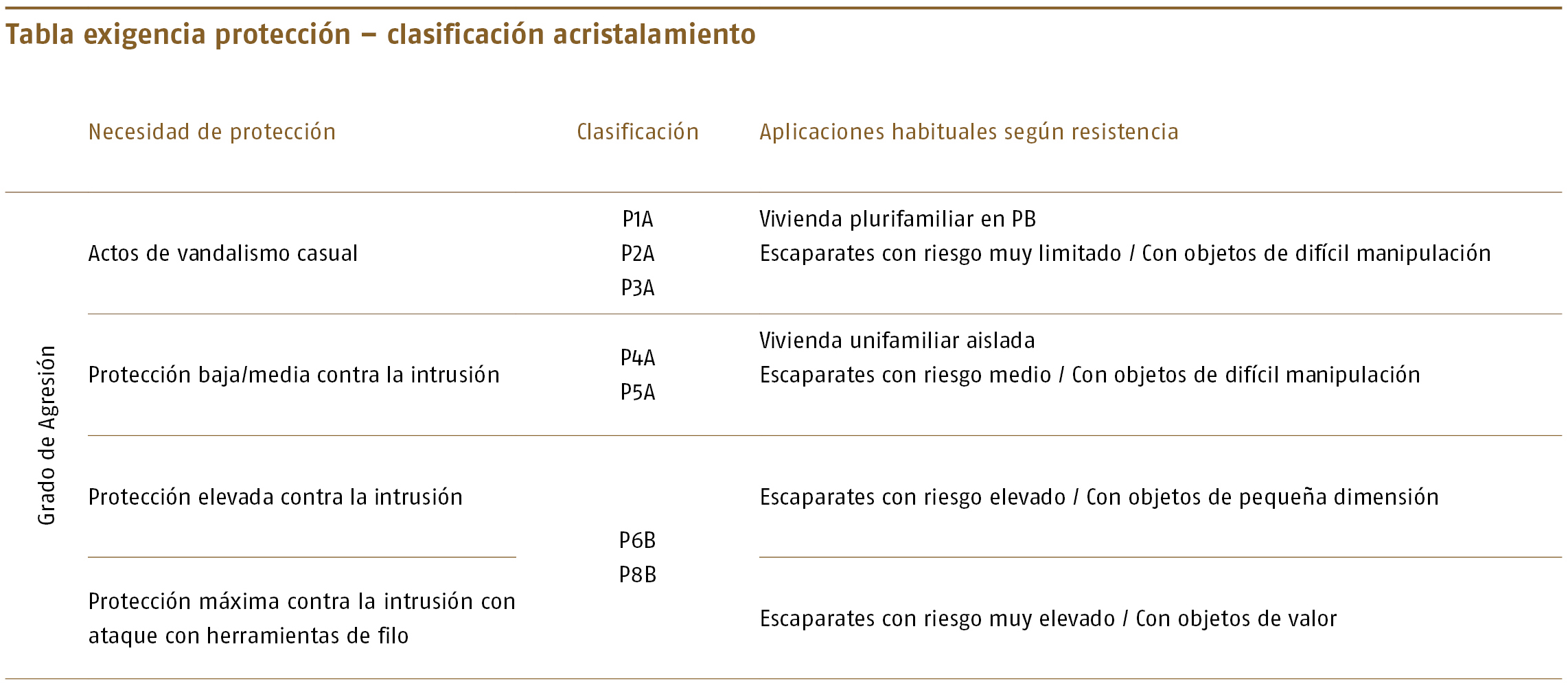
Our compact polycarbonate sheets PC03/PC05/PC08 have been subjected to the demanding test tests of EN 356 for safety glazing applications. Therefore, starting at 5 mm, our plates pass the group A test, classifying them as P5A.
Depending on the degree of aggression and the requirement to which the glazing must be subjected, we may choose to use a single plate or a combination with glass in cases where our customers must respond to the highest levels of protection in lightweight solutions. Thus, the difference in thickness of the assembly between glazing solutions in which intermediate compact polycarbonate sheets are introduced compared to other options in which only combinations of glass with PVB sheets are used is notable. Below, we attach a comparative table depending on the type of solution and thickness of the resulting set:

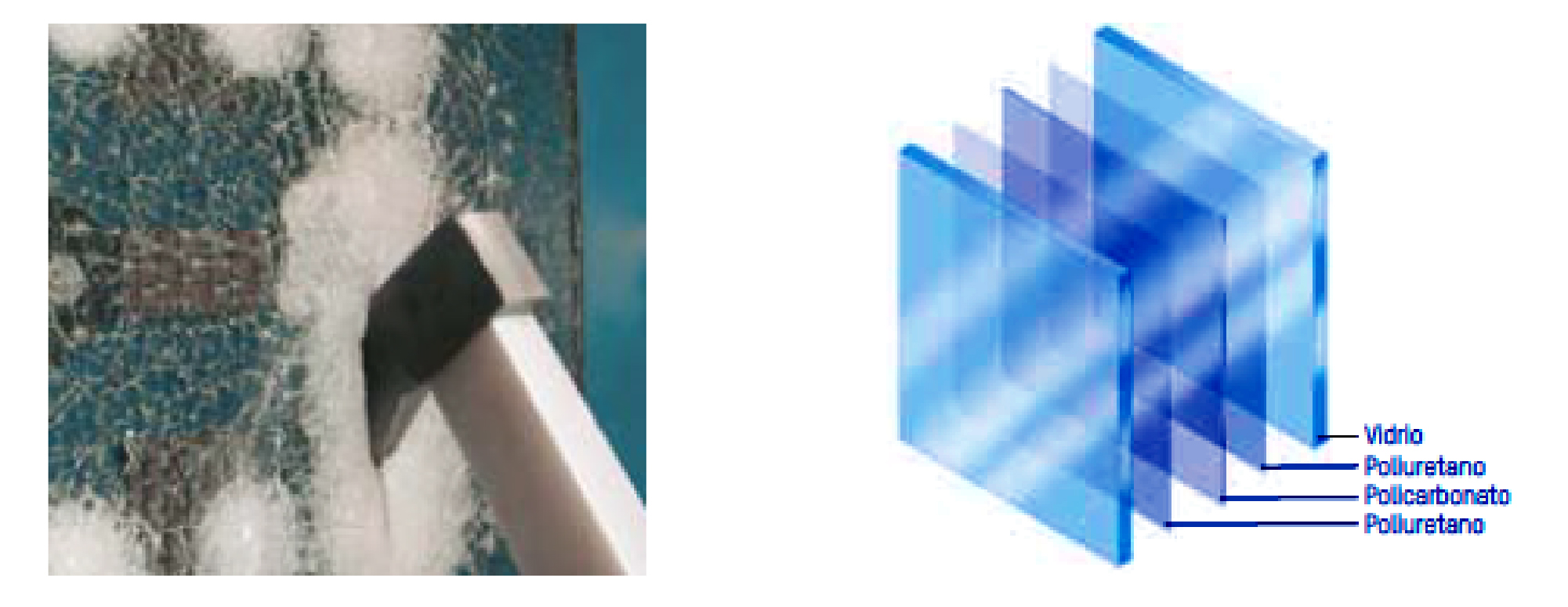








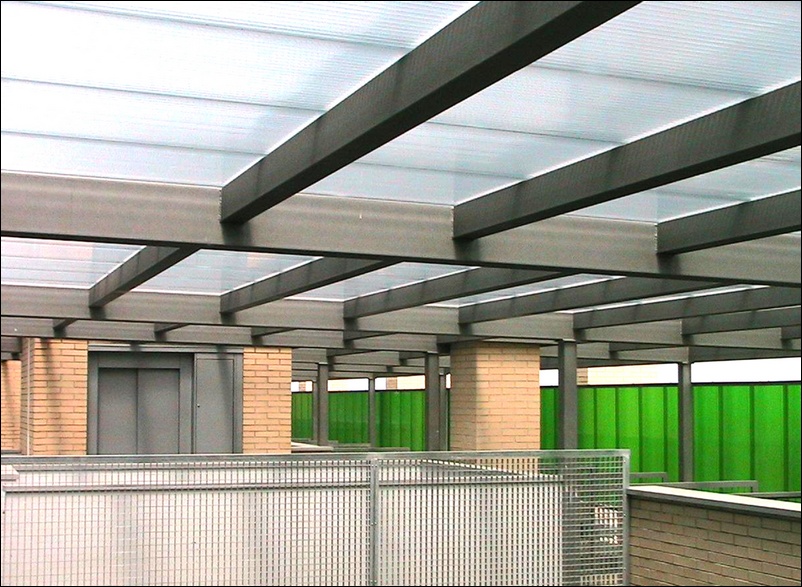




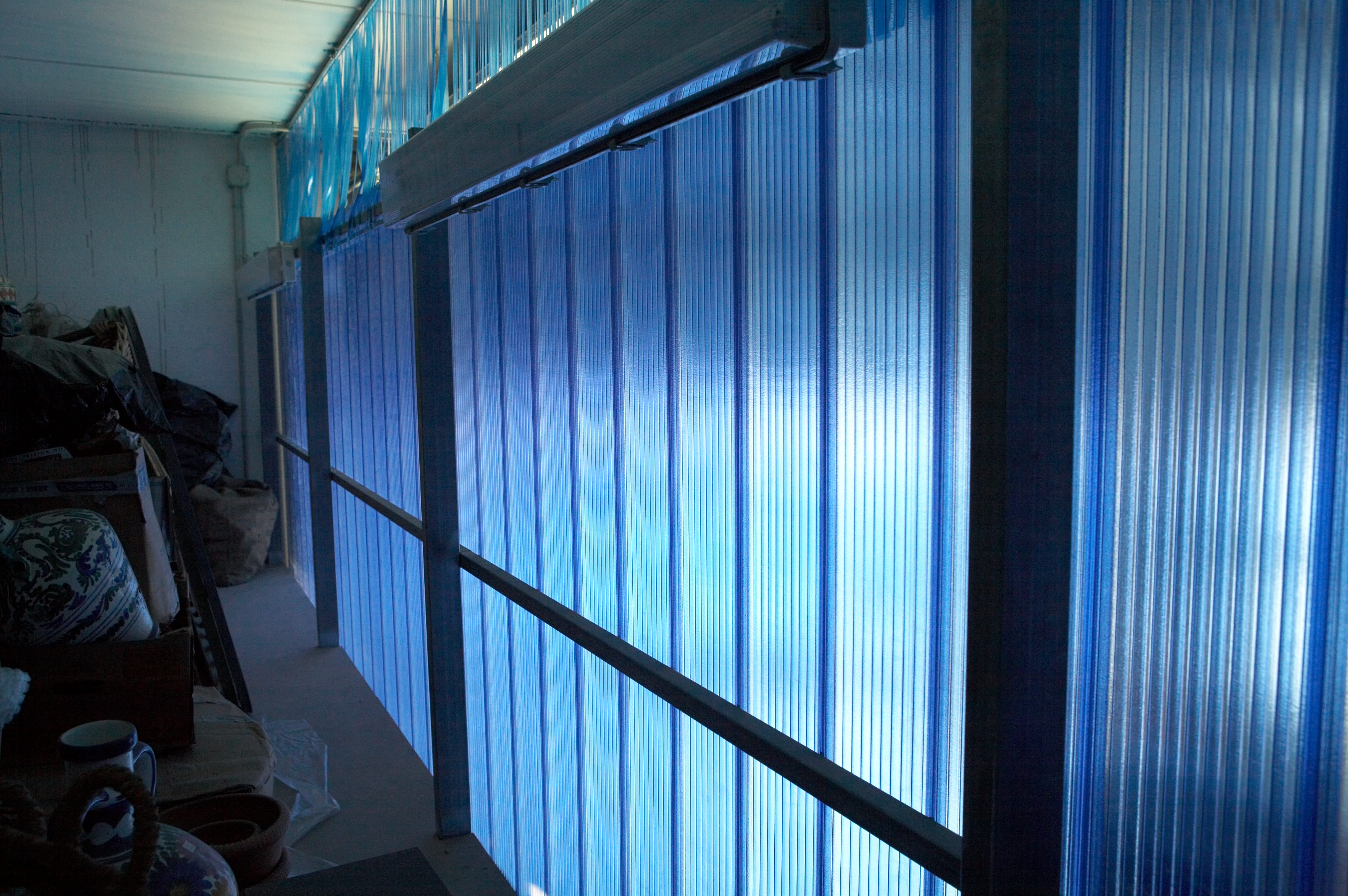

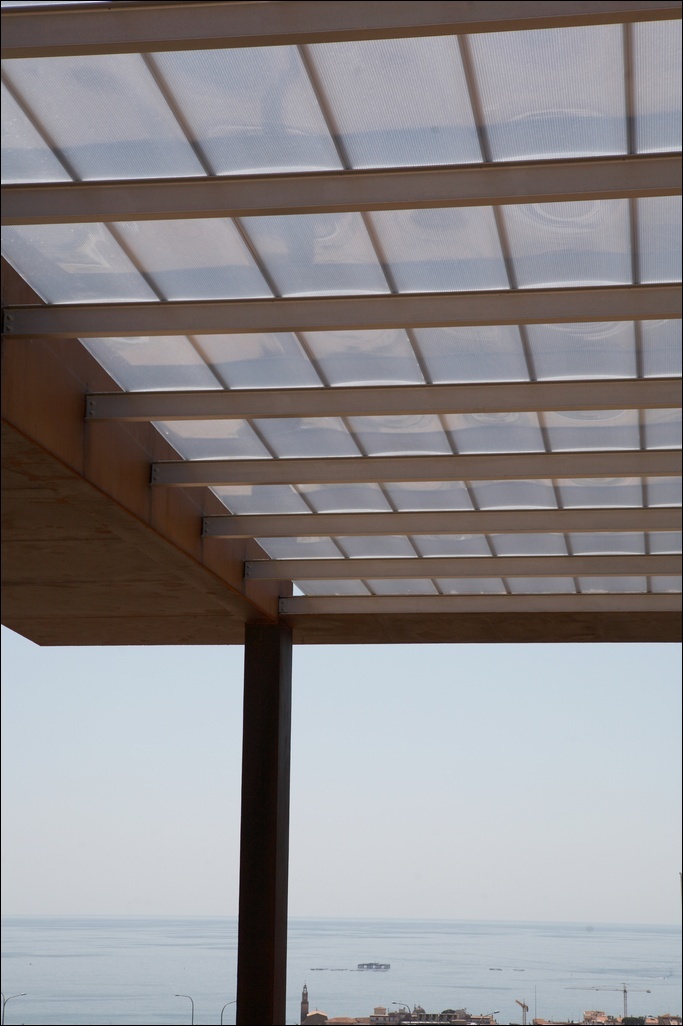

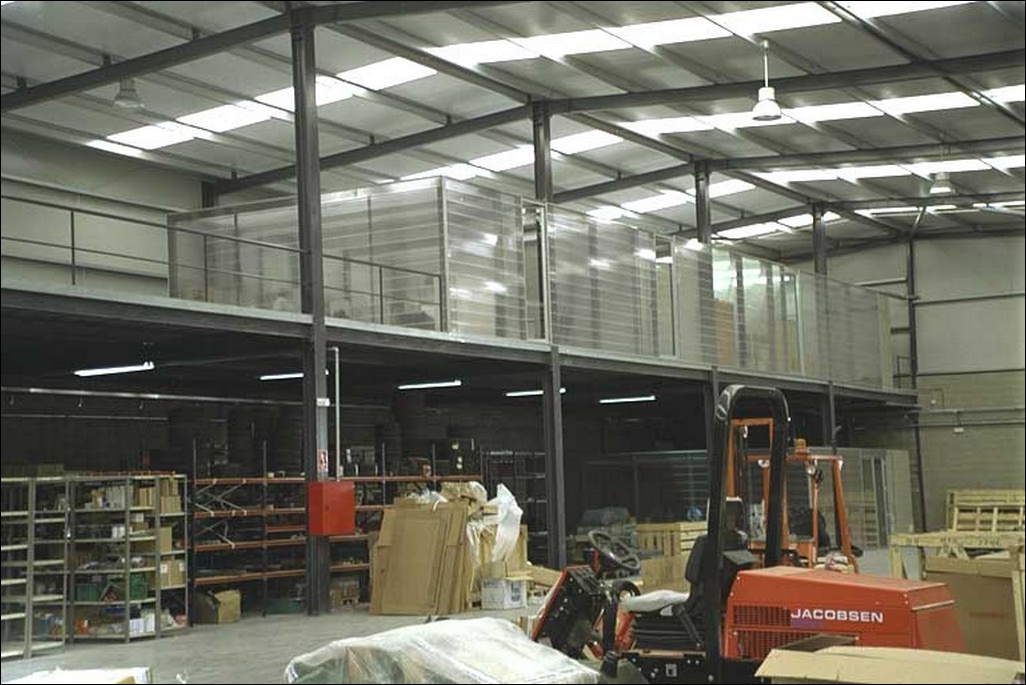
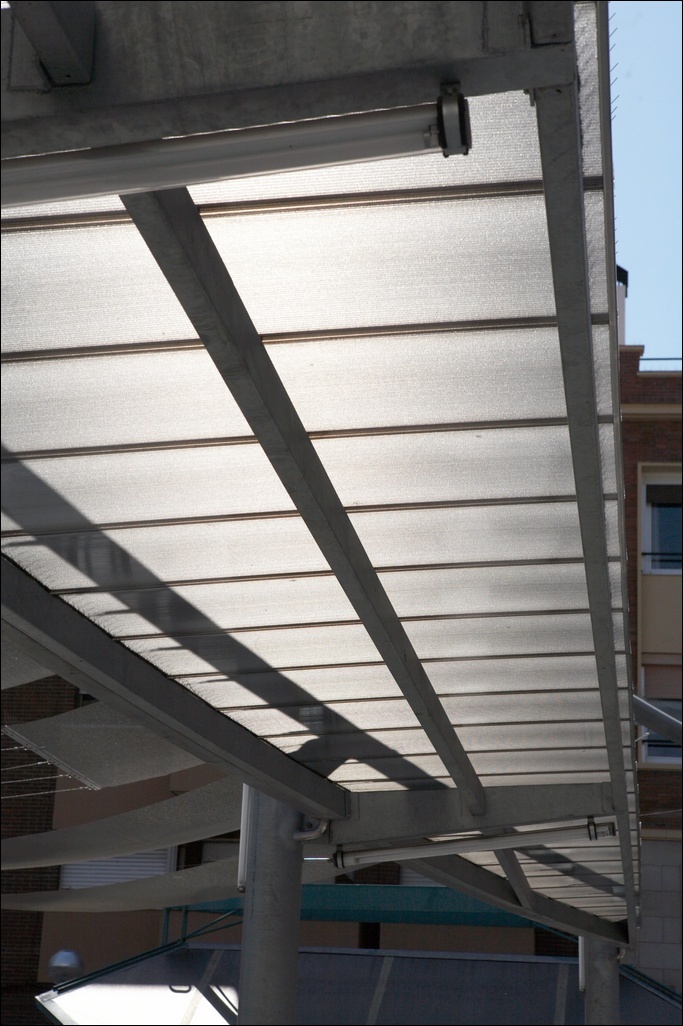
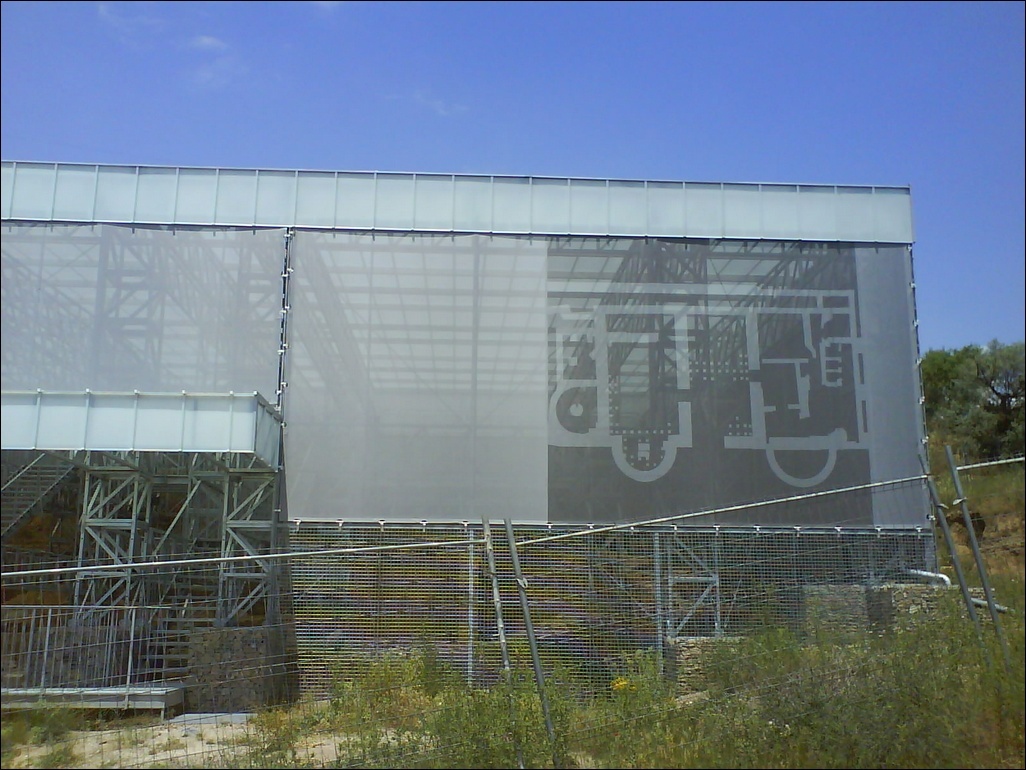


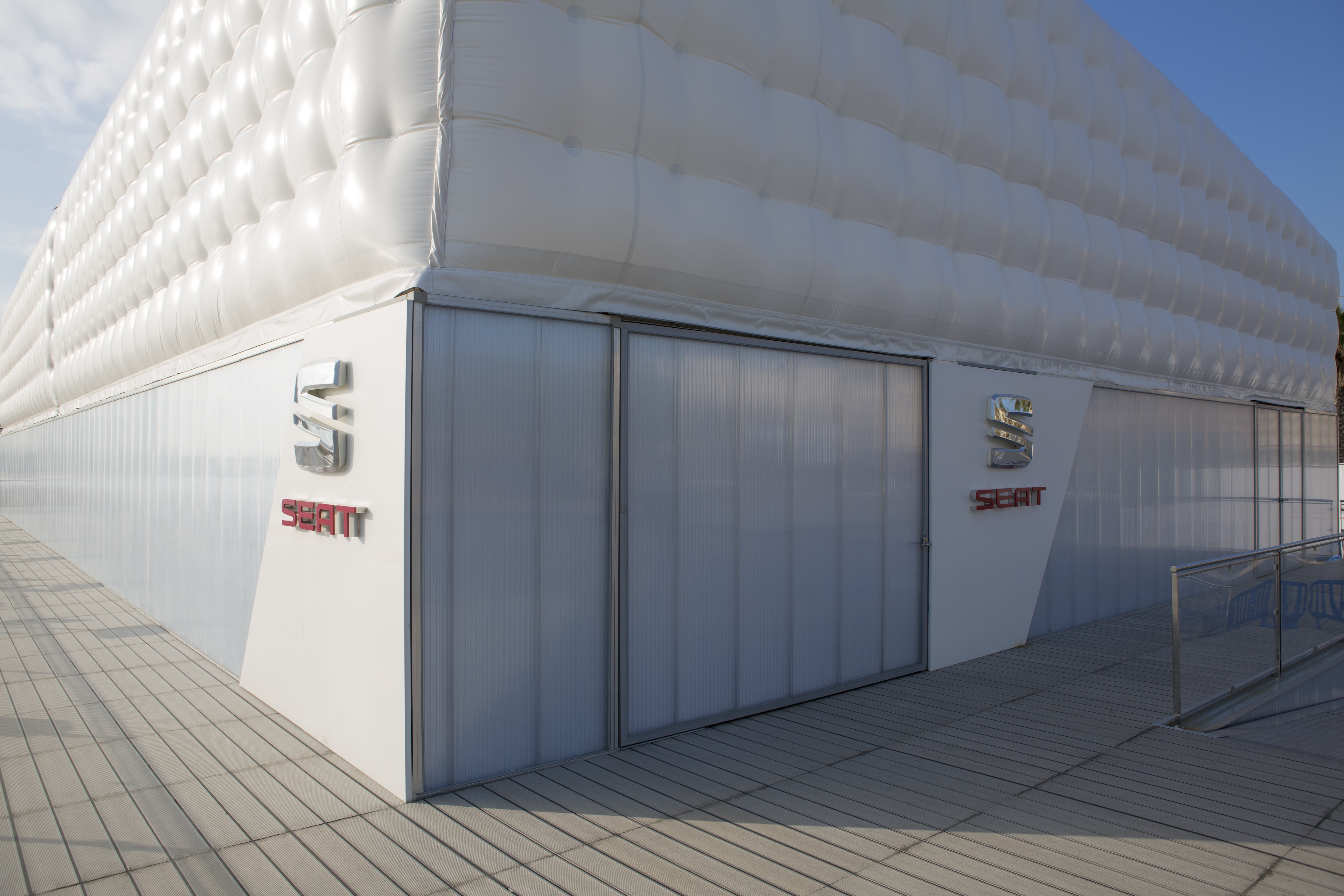




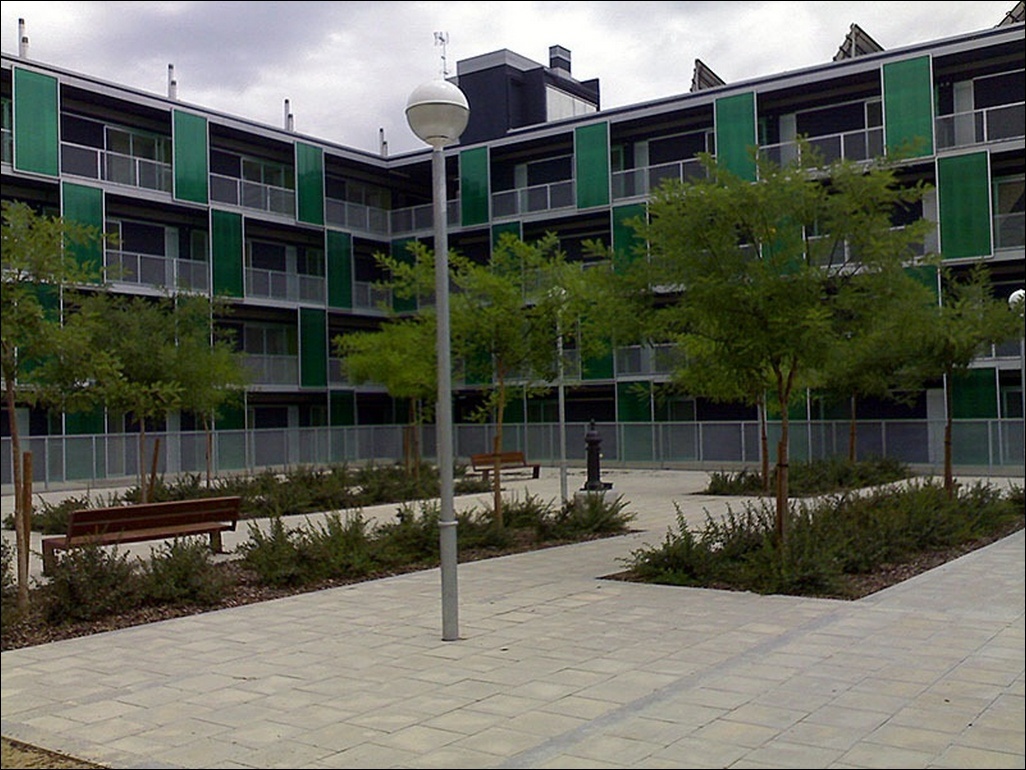

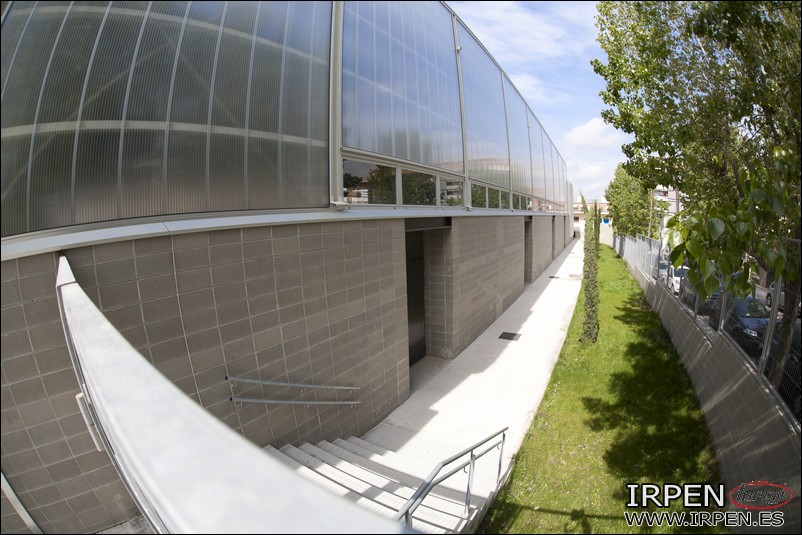

.jpg)
